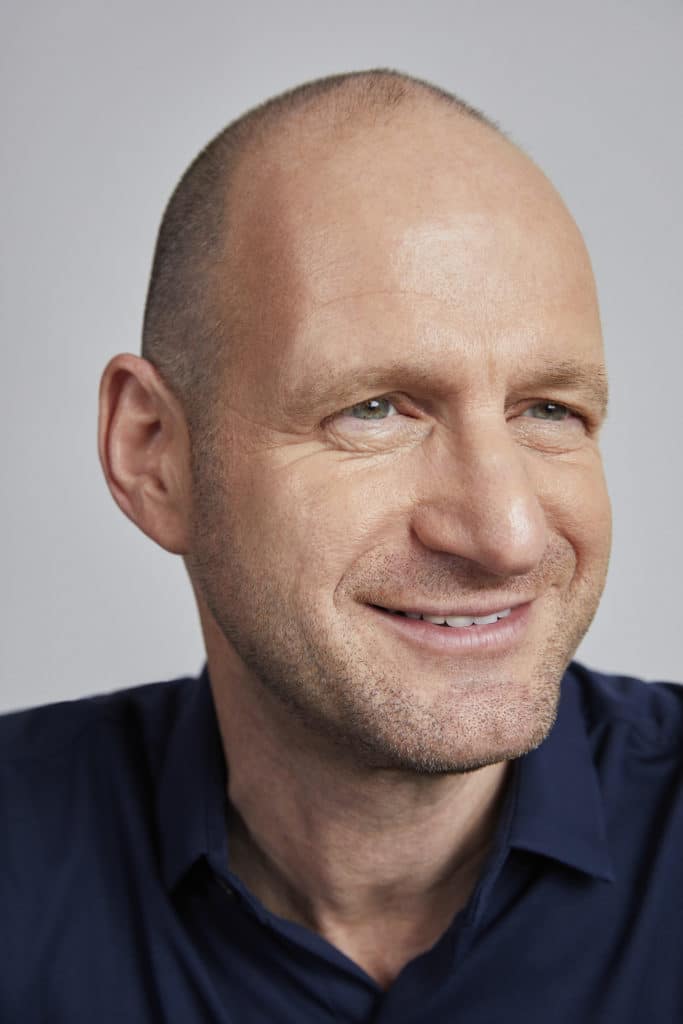Our President, Michael Ronen, spoke to GCI about BRANDED’s acquisition strategy and our focus on digitally-native challenger brands within our core categories of interest. He also shared some e-commerce trends he’s been seeing and offered business owners advice on key things brands should consider when looking for capital partners.

At BRANDED, we are interested in seeking out innovative challenger brands and helping them scale faster and bigger. We see challenger brands as “micro e-commerce brands which can be as small as $5 million or $10 million now, but with $100 million revenue aspirations and distinct positioning”. Michael explained that this strategy has led BRANDED to naturally look to the industries that are full of ever-evolving products and extremely customer-centric. We identified these as the beauty & personal care, wellness, and home categories. Moreover, he described these as attractive for several reasons:
“They are underpenetrated on e-commerce in comparison to the broader CPG market, they are brand-centric and they are often consumable products.”
Moreover, the wellness sector has high consumer engagement, as consumers ingest or use these products on their skin. This makes the quality of the product and brand more important to the customers and has resulted in massive growth of the sector. With the pandemic the e-commerce share of the global beauty care market almost doubled and keeps increasing, making it an attractive investment space.
“We’re also witnessing the end to a one-size-fits-all approach. In every category, beauty and wellness products are much more targeted and specific to individual needs, whether it’s from a product standpoint (e.g., finding the right product for my specific skin condition) or from a brand positioning standpoint (e.g., I’m choosing a brand that aligns with my community and values)”, said Michael.
These increasingly innovative and customer-engaging trends of transparency and hyper-personalization that we see in the wellness space, and that are common to the innovative nature of challenger brands, have further confirmed to us the relevancy of our acquisition strategy.
In terms of advice for business owners on how to best present their brands to investors, Michael said it’s always better to keep it short and concise:
“Ask an outsider if they understand your brand or your product after 30 seconds and if they can’t then you need to simplify.”
He also emphasized the importance of being upfront regarding the challenges facing the company. While for the entrepreneur those might feel as purely weaknesses, for a potential investment and operating partner those challenges can present themselves as opportunities and might increase their interest in the company.
At BRANDED, we are inspired by entrepreneurs who continuously seek to improve their products and portfolios and who never cease to search for that perfect product market fit. At our core, we are looking for real brands with quality products that people love and follow. We love it when entrepreneurs are passionate and confident about the prospects for their business and want to stay on with BRANDED post investment to grow the company together with us. Passionate product and brand creators are who we want to partner with – we bring our expertise in marketing, supply chain, and more to propel the growth of the business.
We believe that micro trends, transparency, and hyper-personalization are here to stay as part of the e-commerce evolution. We also know that brands now feel the pressure to move faster in identifying new trends and launching new products. As such, wellness brands should make sure that they work with investors, like BRANDED, who understand product development and formulation cycles and have a partnership mentality. Read the entire article here.





